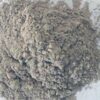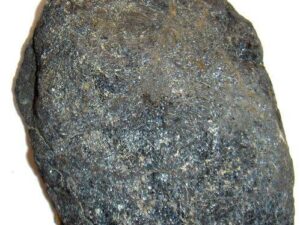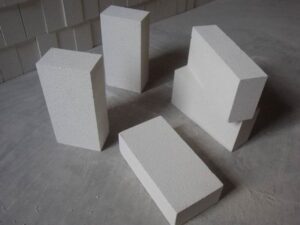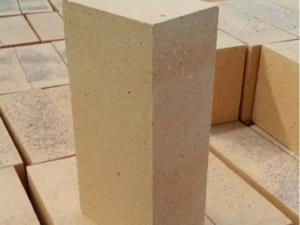Description
Refractory Concrete: Withstanding the Inferno
In the realm of high-temperature applications, where ordinary concrete crumbles and succumbs to the fiery pressures, stands refractory concrete, a specialized material engineered to endure extreme heat and harsh environments. Often called heat-resistant concrete, this remarkable substance is a cornerstone in industries ranging from metallurgy and power generation to cement production and waste incineration.
What is Refractory Concrete?
Refractory concrete, unlike its general-purpose cousin, is composed of specific aggregates and binders designed to withstand incredibly high temperatures without significant degradation. These materials are carefully selected for their resistance to heat, chemical attack, and abrasion. Think of it as concrete fortified with a suit of armor, ready to face the heat.
Key Components and Their Roles:
The magic of refractory concrete lies in the selection and proportioning of its components:
- Aggregates: These form the bulk of the concrete and provide its structural integrity. Common aggregates in refractory concrete include:
- Fireclay: A widely used and cost-effective option.
- Bauxite: Provides higher temperature resistance than fireclay.
- Chromium Oxide: Used for its resistance to slag attack in metallurgical applications.
- Silicon Carbide: Offers excellent thermal conductivity and resistance to thermal shock.
- Binders: These are the cementing agents that hold the aggregates together. Common binders include:
- Calcium Aluminate Cement (CAC): A crucial ingredient, providing excellent heat resistance and rapid hardening properties.
- Refractory Clays: Enhance workability and contribute to high-temperature stability.
- Silica Fume: Improves density and strength, crucial for resisting abrasion and chemical attack.
- Additives: These can be incorporated to further enhance specific properties, such as:
- Plasticizers: Improve workability and reduce water demand.
- Retarders: Control the setting time, allowing for larger pours.
- Accelerators: Speed up the hardening process.
Applications Where Refractory Concrete Shines:
Its exceptional properties make refractory concrete indispensable in a variety of demanding applications:
- Furnaces and Kilns: Lining furnaces used in steelmaking, glass manufacturing, and cement production.
- Incinerators: Protecting the structure of waste incinerators from the intense heat generated during combustion.
- Power Plants: Lining boilers and other high-temperature equipment in power generation facilities.
- Petrochemical Industry: Use in reactors and other vessels that handle corrosive chemicals at high temperatures.
- Chimneys and Stacks: Providing heat resistance and structural support in industrial chimneys and stacks.
Advantages of Using Refractory Concrete:
Choosing refractory concrete over other materials offers several compelling advantages:
- High Temperature Resistance: The primary benefit, allowing it to withstand temperatures exceeding 1000°C (1832°F) and beyond.
- Cost-Effectiveness: Compared to other refractory materials like bricks, refractory concrete is often a more economical option due to lower installation costs and faster construction.
- Ease of Installation: Refractory concrete can be cast, poured, or gunited, offering flexibility in installation methods.
- Monolithic Construction: Creating seamless linings eliminates joints, reducing the risk of failure and improving insulation.
- Resistance to Thermal Shock: Withstands rapid temperature changes without cracking or spalling.
- Variety of Compositions: Can be tailored to specific application requirements by adjusting the aggregate and binder composition.
Challenges and Considerations:
While highly versatile, working with refractory concrete requires careful attention to detail:
- Proper Mixing and Placement: Adhering to recommended water-to-cement ratios and placement techniques is crucial to achieving optimal performance.
- Curing: Proper curing is essential for developing the desired strength and durability.
- Preheating: In some applications, a controlled preheating process is necessary to remove moisture and prevent thermal shock.
- Material Selection: Choosing the right type of refractory concrete for the specific application is paramount. Factors to consider include the operating temperature, chemical environment, and mechanical stresses.
The Future of Refractory Concrete:
Ongoing research and development are focused on improving the performance and sustainability of refractory concrete. This includes exploring new aggregate and binder materials, developing more durable and energy-efficient mixtures, and reducing the environmental impact of production.
In conclusion, refractory concrete is a critical material for industries that demand high-temperature performance and durability. Its ability to withstand extreme heat and harsh environments makes it an essential component in a wide range of applications, ensuring the safe and efficient operation of critical infrastructure around the world. As technology advances, expect even more sophisticated and specialized refractory concrete solutions to emerge, pushing the boundaries of what’s possible in high-temperature engineering.















Reviews
There are no reviews yet.